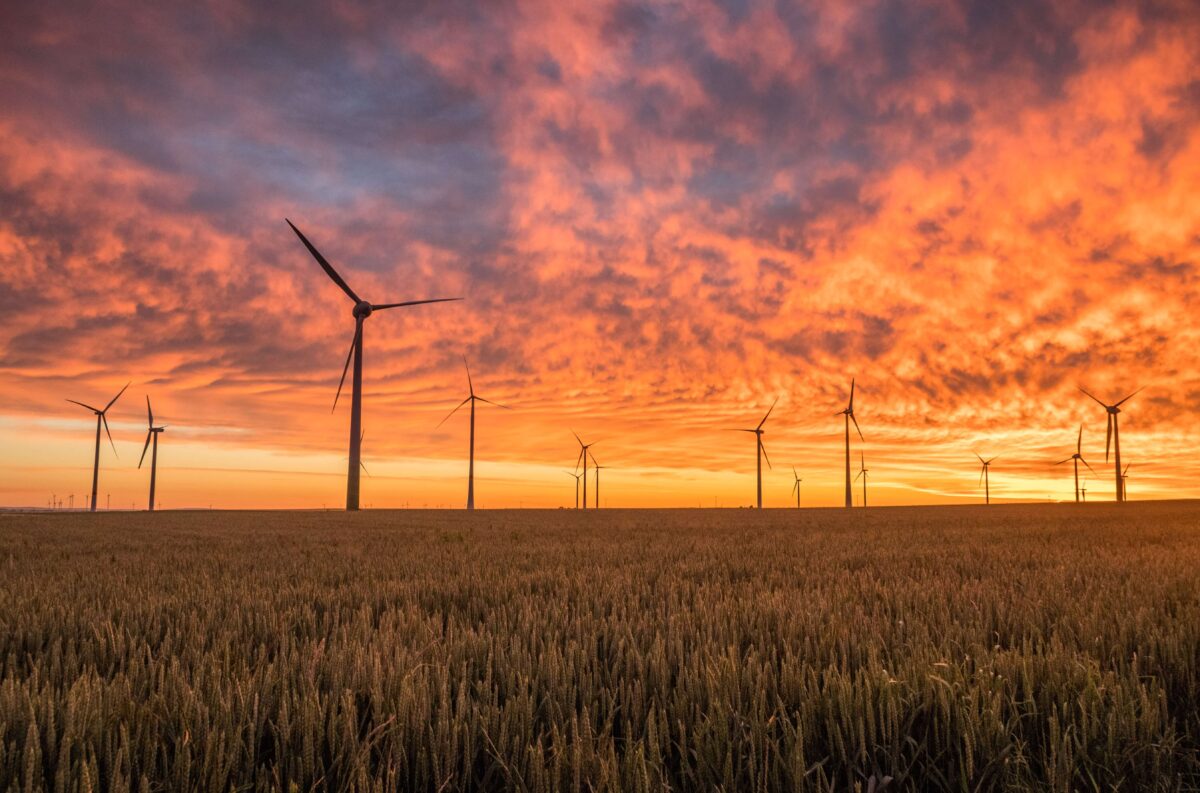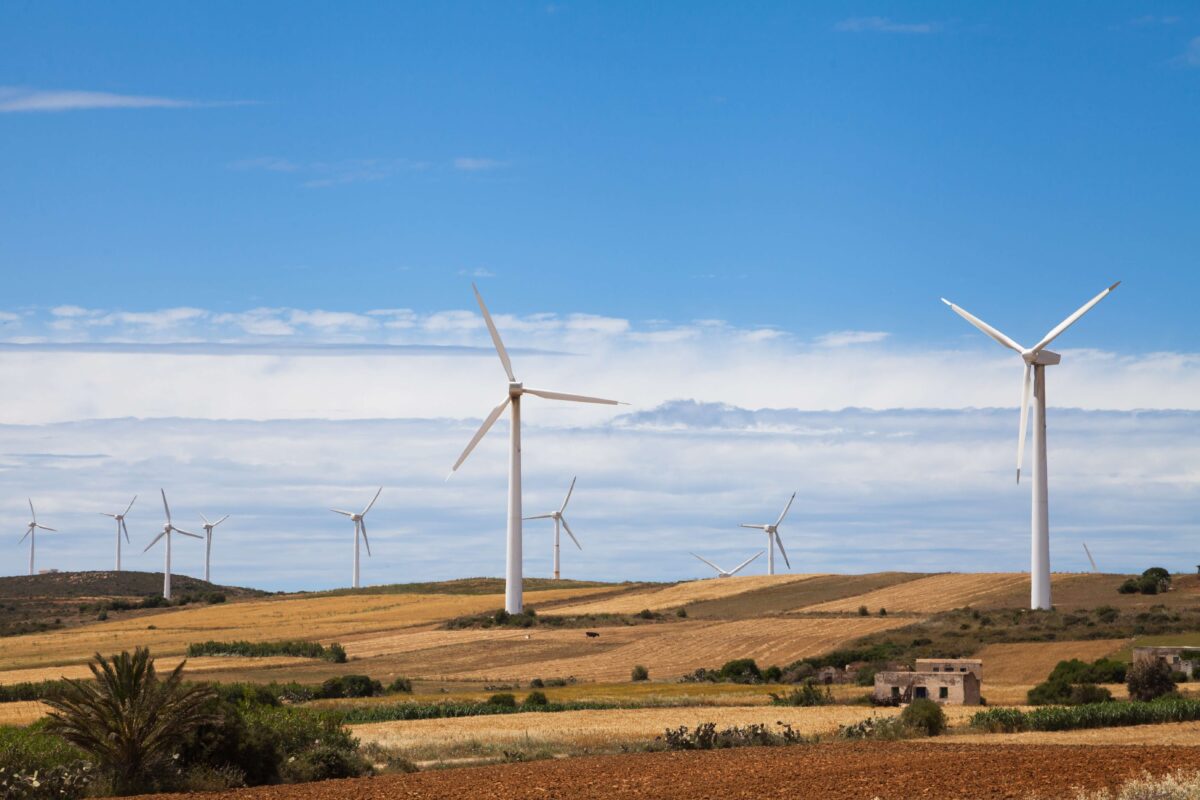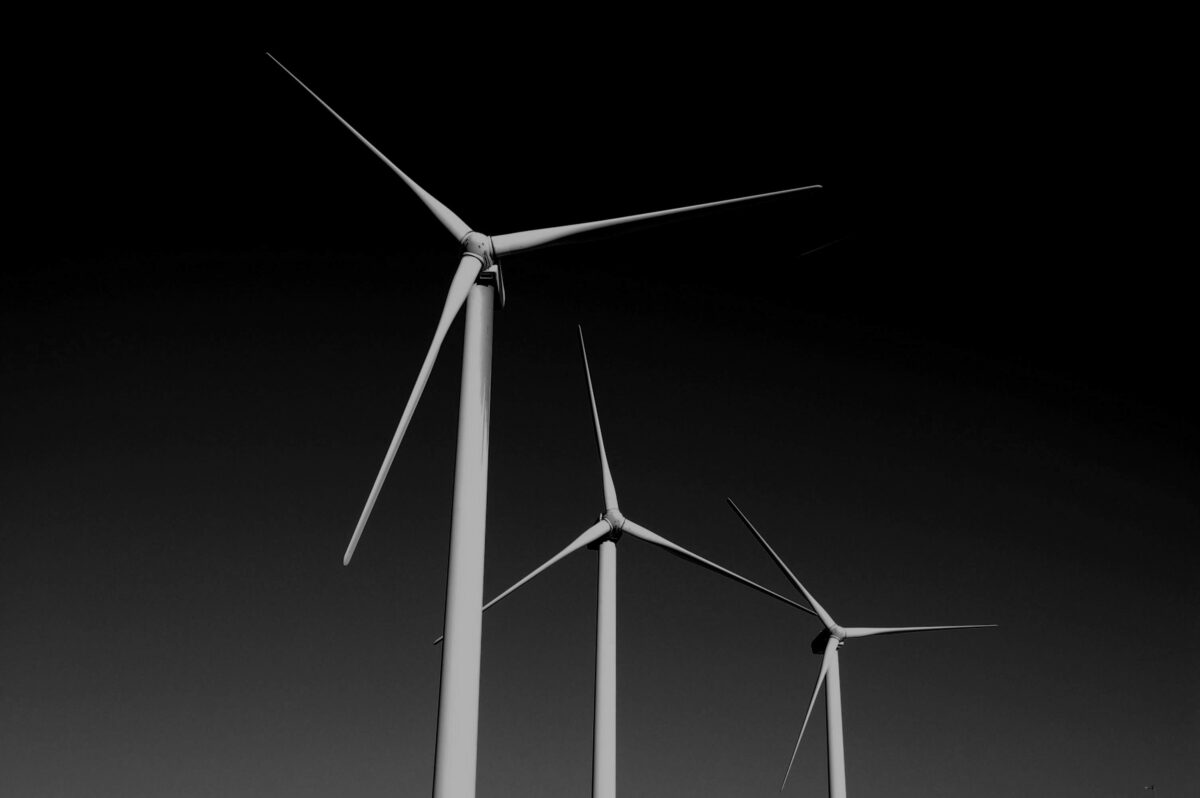Scottish onshore wind turbines are seeing record generation highs
Scottish onshore wind turbines are seeing record generation highs, up 44% in wind power output compared to this time last year. Meanwhile, Vattenfall has confirmed the world’s most powerful wind turbine at 8.8MW has been successfully installed in Aberdeen Bay.
The world’s first electrified road capable of recharging the batteries of car and trucks has opened in Sweden. It consists of a 2km electric rail embedded in the road which runs between Stockholm Arlanda airport and a logistics site outside the capital. The energy is transferred to the vehicle through a movable arm attached to the bottom, similar in design to a Scalextric track.
Last month New York’s Governor Andrew Cuomo announced $1.4 billion in funding for 26 renewable energy projects—the single-largest commitment to renewable energy by a US state. Now the state is looking to upgrade its transmission system, rebuilding lines in Northern New York to carry 900MW of renewable power to almost 1 million homes. The project will increase the lines’ voltage capabilities from 230kV to 345kV, providing a cost-effective way to bring more in-state renewables onto the grid.
Los Angeles is also pushing boundaries in renewable energy generation, with a goal of moving toward a 100% renewable resource mix by 2030. However, a major concern is that backup fossil generation will be required for quite some time due to transmission constraints in the LA basin. When the city’s demand spikes beyond the carrying capacity of the 4 limited transmission lines, three in-basin natural gas plants are called on to provide reserves. However, their ability to ramp up generation is limited and will not be sufficient to meet increasing demand fluctuations due to higher renewable penetrations. To reach 100% renewables the city needs to do more than just install more generation; it will require a new operating paradigm utilising energy efficiency, demand response, and battery storage measures. Ultimately, the biggest challenge could be “stretching the cultural and operational limits of a utility that has been operating independently for a hundred years” (Evan Gillespie, Beyond Coal Campaign Deputy Director, Sierra Club).
The US utility company Southern Co aims to have a “low to no-carbon” generation fleet by 2050 according to CEO Thomas Fanning. The utility plans to focus on clean energy technologies including “renewables, nuclear, storage and natural gas with carbon capture technology”. When Fanning became CEO in 2010, Southern relied on coal for 70% of its electricity which is now down to 28% thanks to cheaper natural gas and investment in renewable resources.
In the UK high levels of distributed renewable generation around the country will result in transmission system demand dipping to new lows this summer. This may require some inflexible generators to switch off, demand turn up through pumped storage facilities pumping water back up, and the use of 200MW battery storage capacity available through the Enhanced Frequency Response mechanism.
Energy strategy and funding
The Energy Networks Association (ENA) has published its innovation strategy to identify how the UK’s electricity networks can be future proofed in an uncertain future as the power-generating mix becomes increasingly renewable, as customers engage with energy in new ways, as the policy landscape evolves, and as we see a transition to a smart and flexible energy system. Such a rapidly changing environment requires new innovation strategies to identify opportunities to support the transition to “a smarter, more economical, more flexible energy system that can support the decarbonisation of heat and transport”. The report outlines ENA’s innovation strategy, outcomes, and roadmap to delivery to support innovation, implementation, and collaboration.
R&D is critical to innovation, and 2017 saw a new solar R&D expenditure record for LONGi Green Energy Technology, surpassing the two historical leaders First Solar and SunPower.
Meanwhile, in the UK there are plans to establish a £400 million charging infrastructure fund (£200 million investment from government matched by private capital) to support the transition to zero emission vehicles. In the past six months the Infrastructure and Projects Authority (IPA) has hosted around 50 meetings to determine how best to deploy the funds, which it is hoped will be established and in use during 2019.
Transition to a low carbon economy requires a fresh approach to provide the incentive and means for action. Amid Kazim, the UK managing director for NextEnergy Capital, believes that a carbon pricing model, mandating that the ‘polluter pays’, could help tackle some of the challenges currently faced and overcome current practices of passing costs onto consumers. Such a pricing model should take a long-term approach to ensure effective and responsible implementation allowing carbon emitting asset owners and investors to make appropriate adjustments, and large energy supply companies to alter strategies. While Kazim believes that the transition to a low carbon economy cannot be delivered by government alone, government commitment will demonstrate real support for the low carbon energy transition, avoid retrospective policy changes and reinforce investor confidence.
Storage
Even if renewable energy could provide a constant, stable source of energy, there’s still the question of how to ensure grid infrastructure is robust enough to deal with demand. Storage systems can help deal with spikes in demand (or drop off of renewables), and to date flywheel technology and battery banks are the most commonly deployed technologies. However, both technologies require regular maintenance, and battery banks struggle to delivery high power jolts due to their low energy density. Ultracapacitor banks provide an alternative solution that can be used in tandem with battery banks. Unlike batteries, where energy is stored through chemical reactions, ultracapacitors store energy in electric fields, meaning they are able to charge and discharge incredibly quickly, providing high currents for short time periods when needed.
A combination of storage technologies is likely to be key for delivering a stable grid, and work being undertaken in the NEMoGrid project is exploring the technical and economic impacts of residential storage systems coupled with a blockchain based energy trading scheme.
The market for residential storage paired with rooftop solar in the US is expected grow fourfold in 2018, according to GTM Research. Although the increased interest in energy storage is yet to be realised with only 10% of solar installations including storage, GTM expect 74MW of residential storage to be installed in 2018 compared to 19MW in 2017.
Britain’s Renewable Energy Association believe that “energy storage located on-site at renewables projects is a key market for future energy storage deployment”. However, a report on ‘Smart systems and flexibility’ released last July by the UK government’s Department for Business, Energy and Industrial Strategy (BEIS) and regulator Ofgem identified that a key barrier to creating a decentralised and flexible system was due to the “perceived and actual barriers to storage being able to easily co-locate with generation assets”. In response, National Grid published guidance on process and arrangements for co-locating generation and storage, which has been well received but has also highlighted that a charging review may be required due to differences in characteristics between new assets at a shared grid connection point and existing assets.
Decarbonising heat
While the UK are on target to decarbonise electricity generation, heating is an issue that has yet to be solved. Energy UK, the energy industry trade body, has urged government to help kick-start a much-needed decarbonisation of heating or the sector risks getting left behind; calling for a review of zero carbon homes policies and support for a wider range of low carbon heating technologies.
In the same week, the government has confirmed £350m of funding for the Heat Networks Investment Projectwhich will offer loans and grants to help boost the uptake of low carbon heating networks and will open for applications later this year.
The British Geological Survey (BGS) believe that disused mines could play a key role in the decarbonisation of heat. Huge quantities of water occupy old mines and rock layers under Glasgow. This water sits at about 12 degrees C, and by using heat exchangers a moderate supply of very hot water can be created to heat homes in the city. The BGS are also exploring whether the underground water can be heated with renewable generation, storing energy until the time at which it is needed. The £9m project is being finalised now, and should it be successful may provide options for it to be exploited in other cities and towns across the country.




